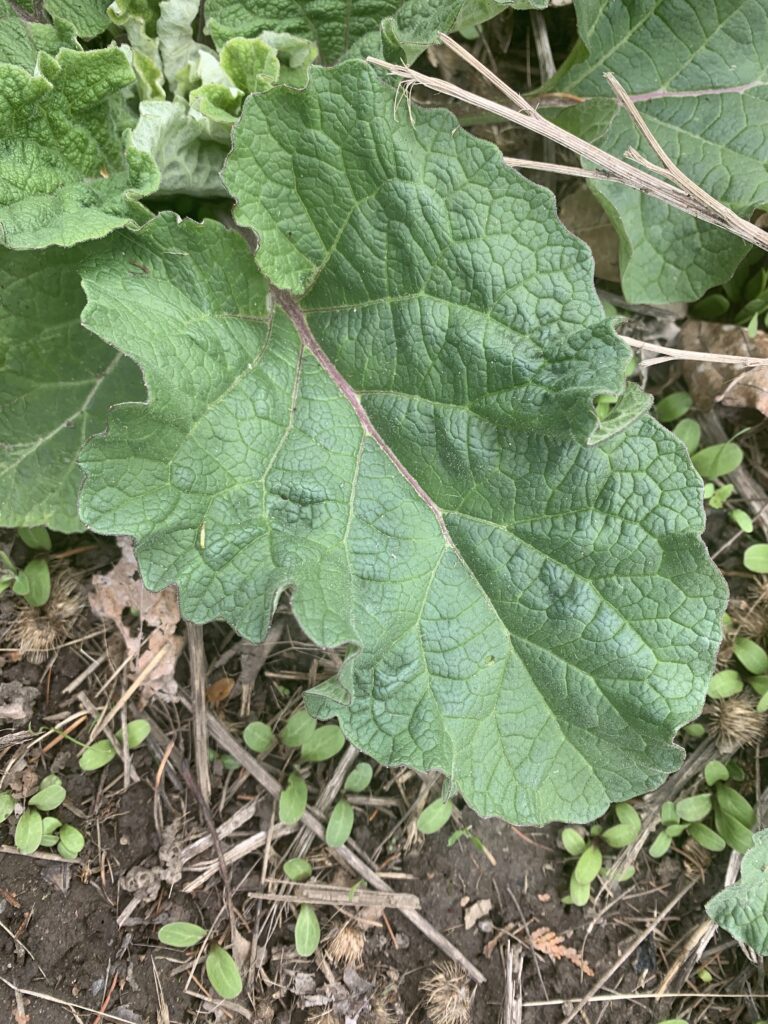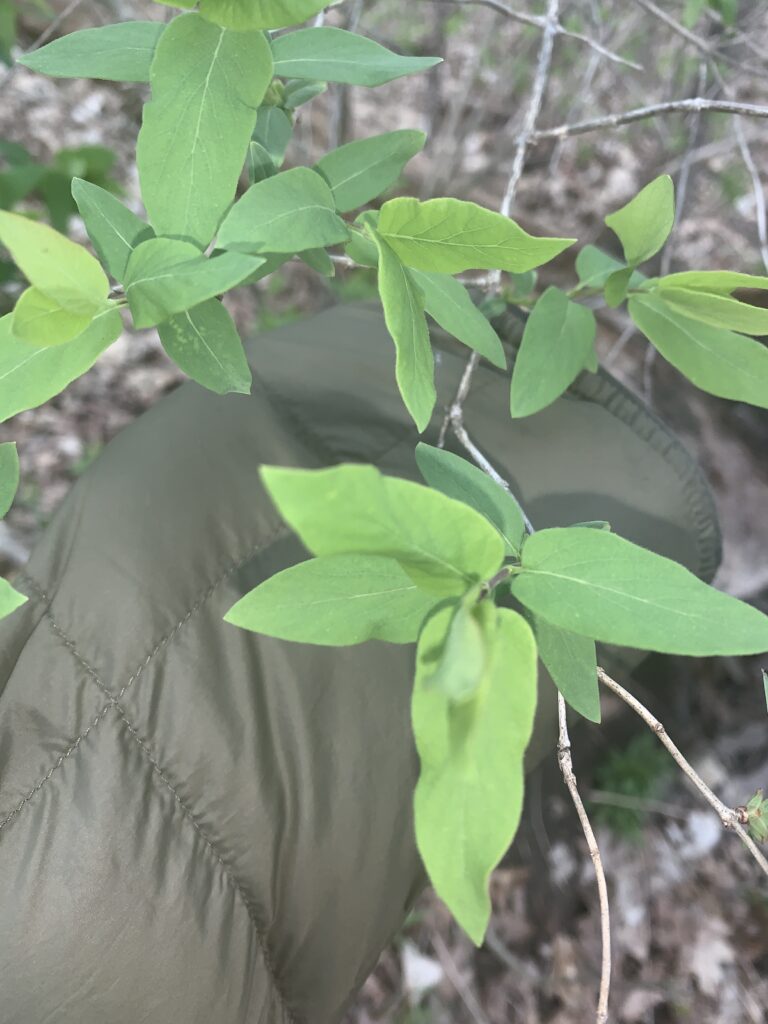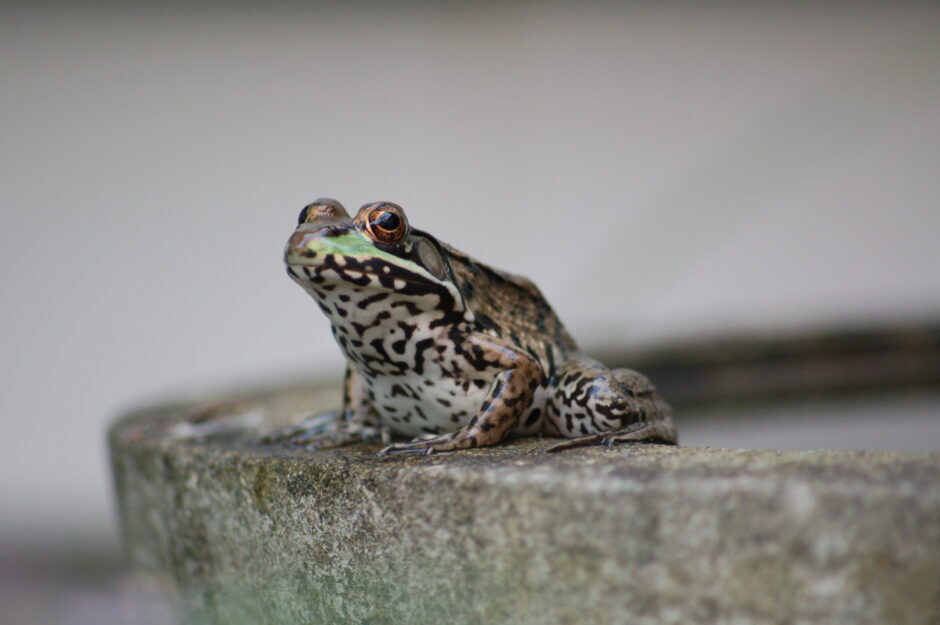When deciding where to explore in the greater Burlington area, I wanted to go to locations where fewer people have visited, so that my observations would contribute to a greater ecological understanding of less explored places. When examining the map, I saw that the area around the South Burlington Recreation Path had few observations, so I decided to walk there. This route would not only bring in fresh observations to our iNaturalist project, but it would be along a path that I have had previous experience exploring while winter tracking a few months prior. After visiting the path, I went around the retention pond by the Redstone Lofts building for a few more observations, and then walked along the side of the Patrick Gym. While this route didn’t traverse any far-flung locales, I’m glad that I investigated more unique locations on UVM’s campus.

My experience with using iNaturalist was overwhelmingly positive. I’ve had a history of using plant identifications apps (and specifically iNaturalist) from my sophomore year of high school, so learning the ropes went quite quickly for me. In addition to my previous experience with iNaturalist, my newfound knowledge of focal species in NR001 and NR002 made it easier for me to corroborate what iNaturalist suggested about the species I was observing, making the entire process quicker.

Over the day that I used iNaturalist, I made 20 observations comprising a total of 16 species. While some species that I observed were common, like Norway Maple, Northern White Cedar, and Common buckthorn, I also documented some more unique species like Trembling Aspen and even a Mallard Duck! I was certainly glad that the warmer weather of Spring has budded many of the plants I observed, as it was easier for iNaturalist’s algorithm to formulate suggestions of plants with leaves/buds than those without them.

In examining the reports of other cities, I was quite surprised to see many cities with thousands of observations I have never heard of before, like La Paz and Chiayi-Yunlin. In examining the observations more closely, I discovered so many cool plants like the Caven Thorn. This goes to show the value of direct reporting and giving people direct power to influence, as I would’ve never discovered the ecological and physical beauty of these locations without the contributions of so many thousands. I really like how the global City Nature Challenge has deconstructed my Americanized perspective of what makes a landscape beautiful!
